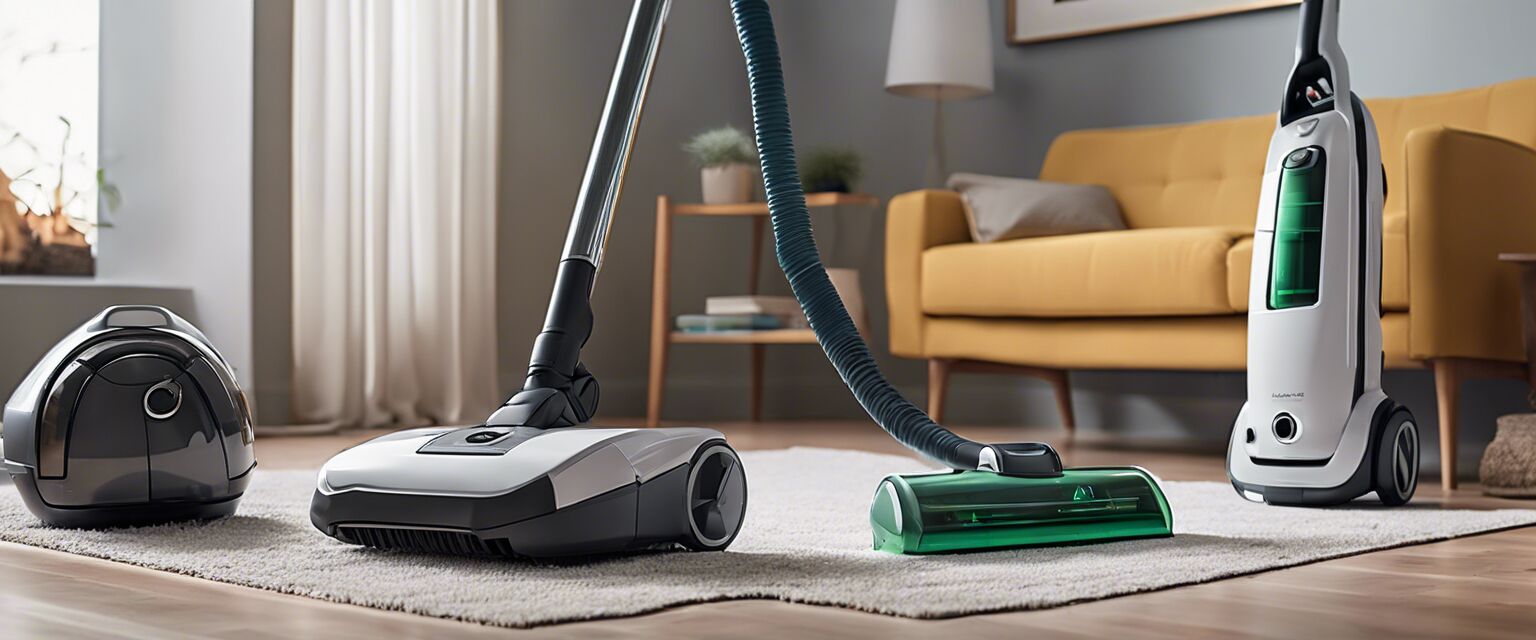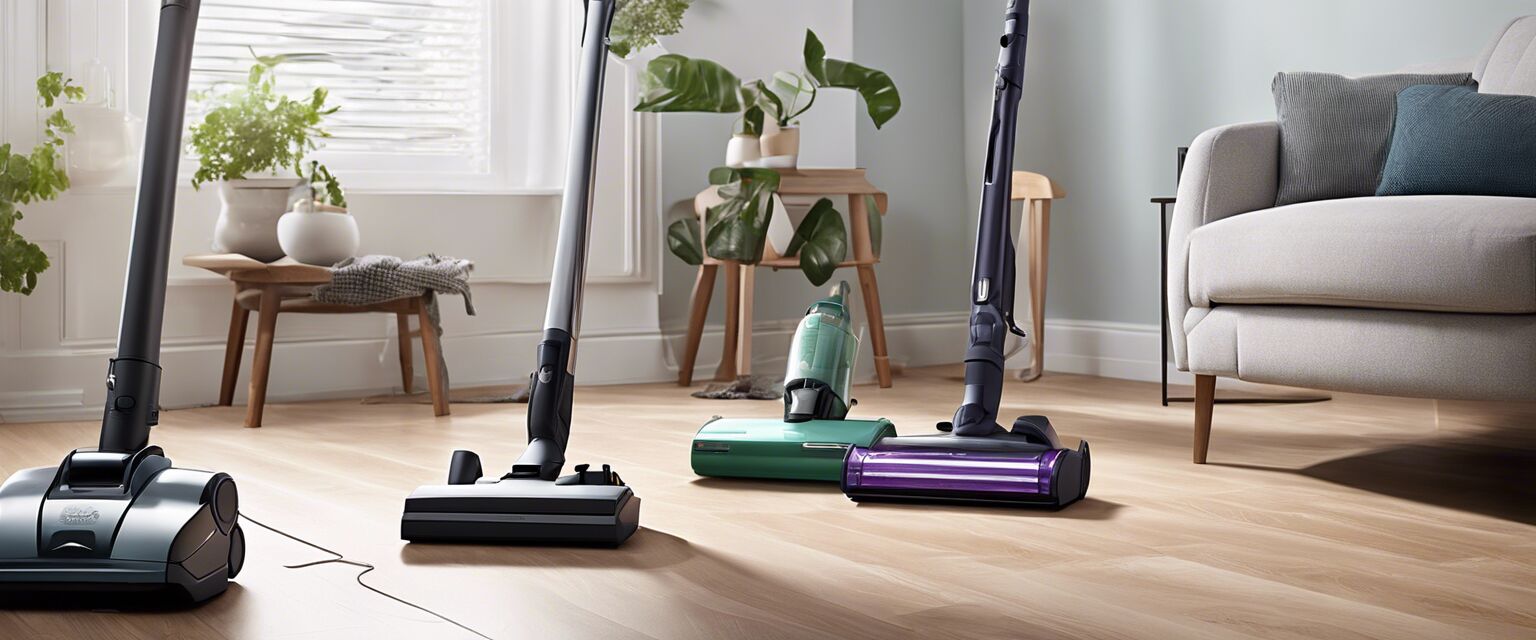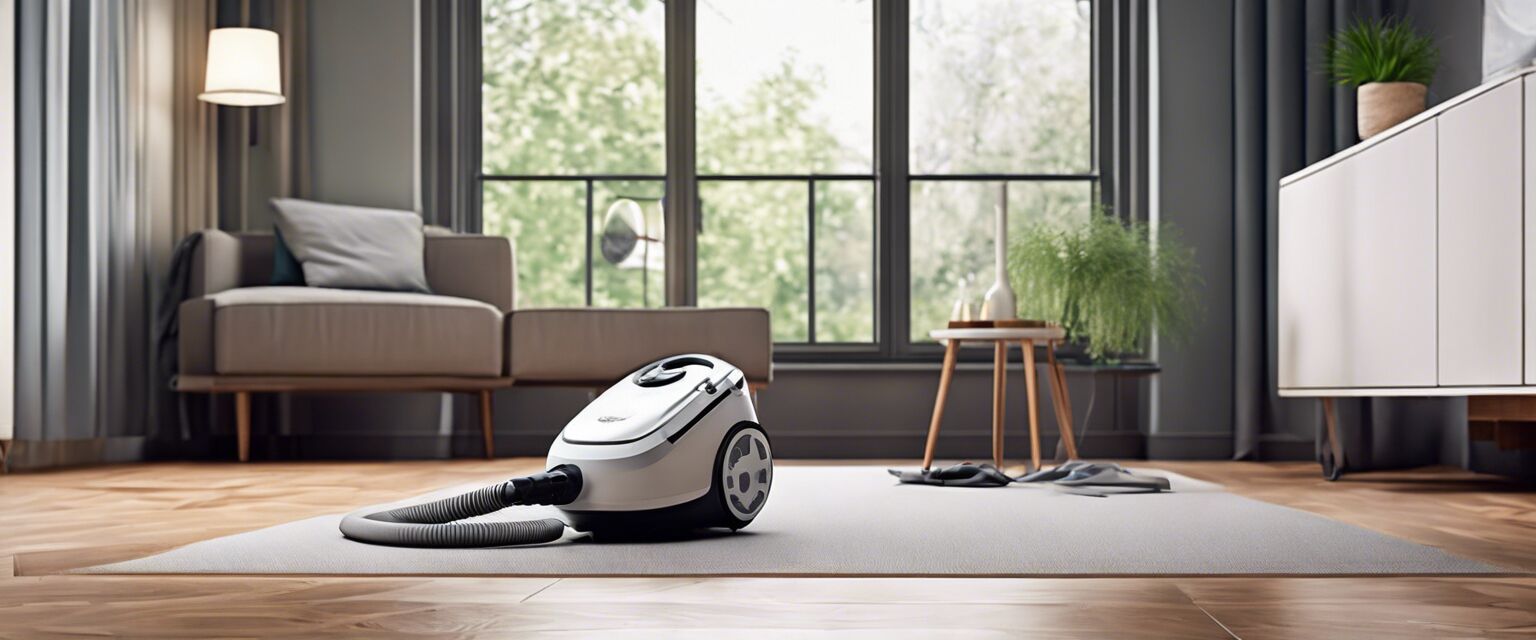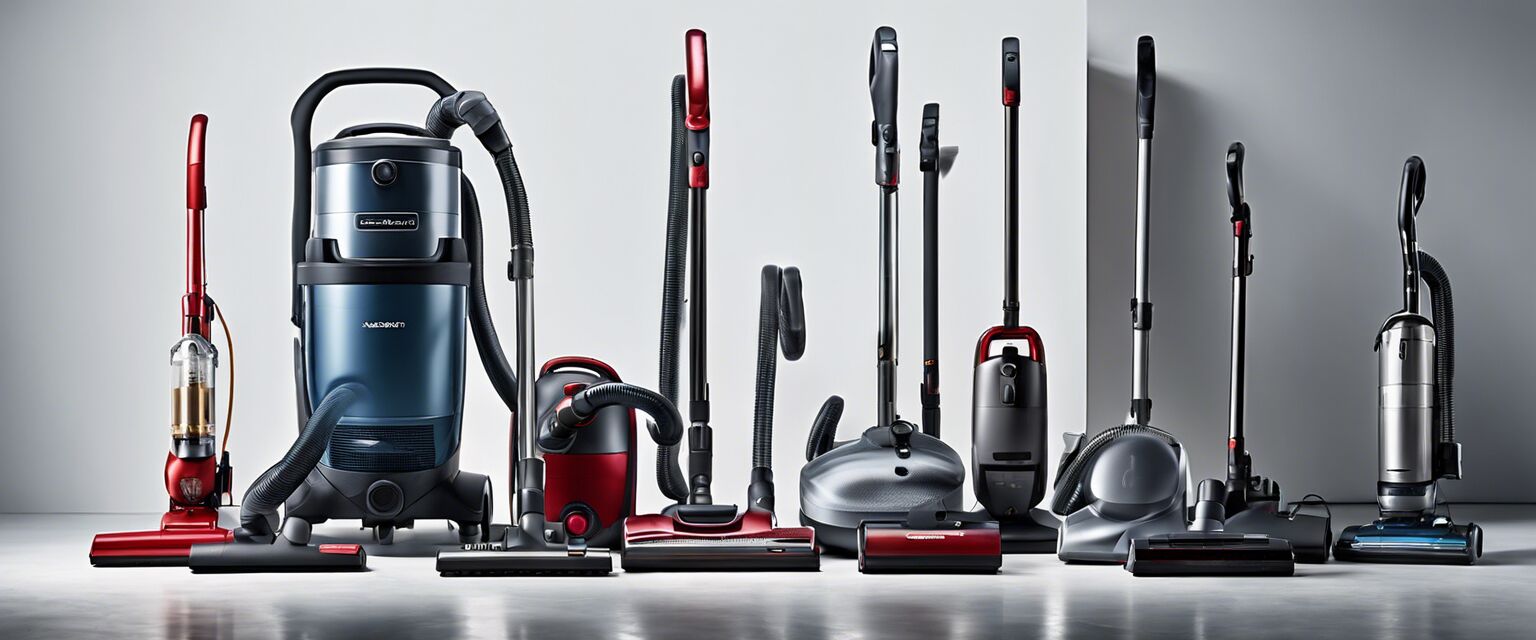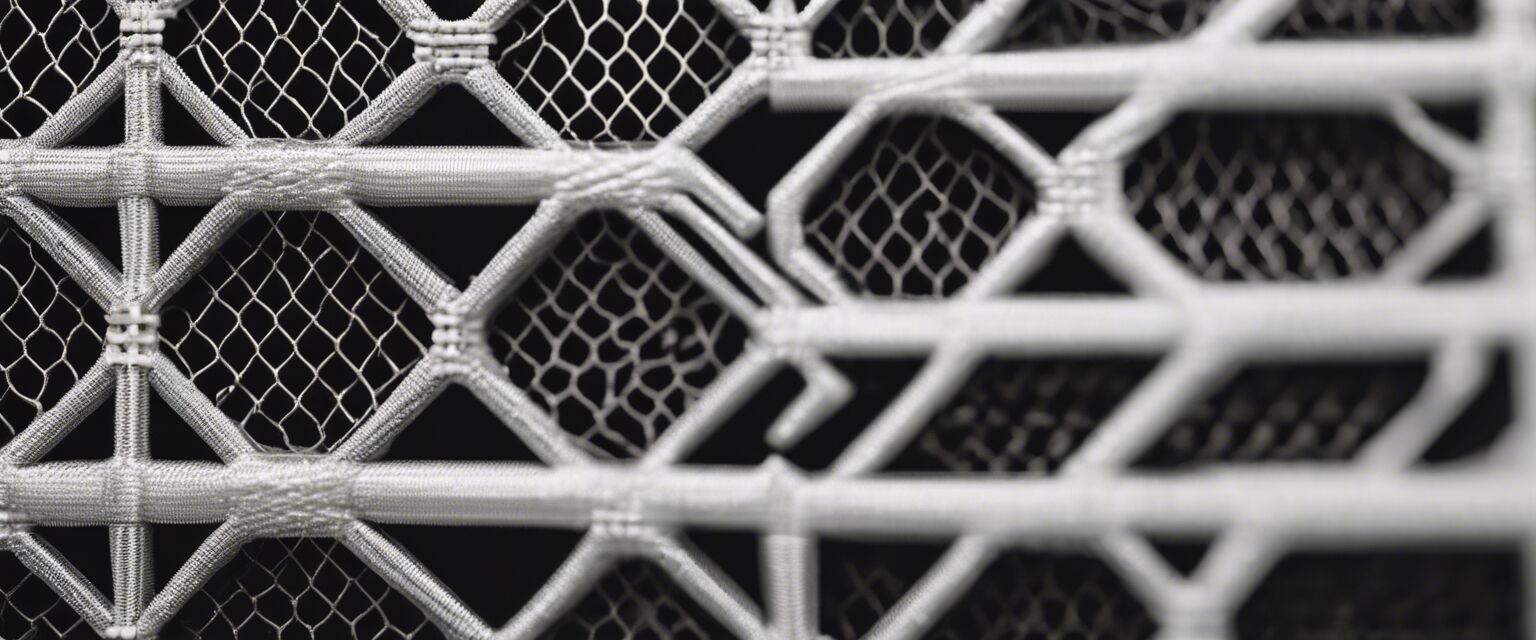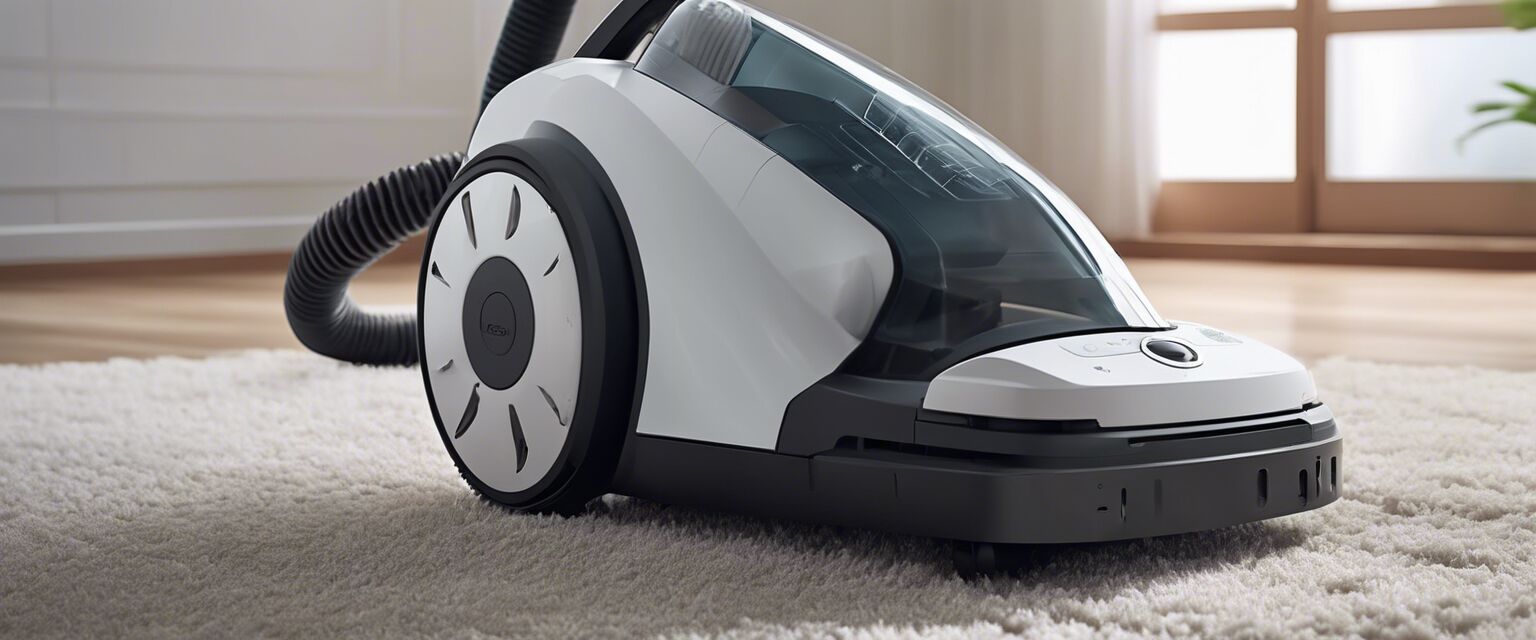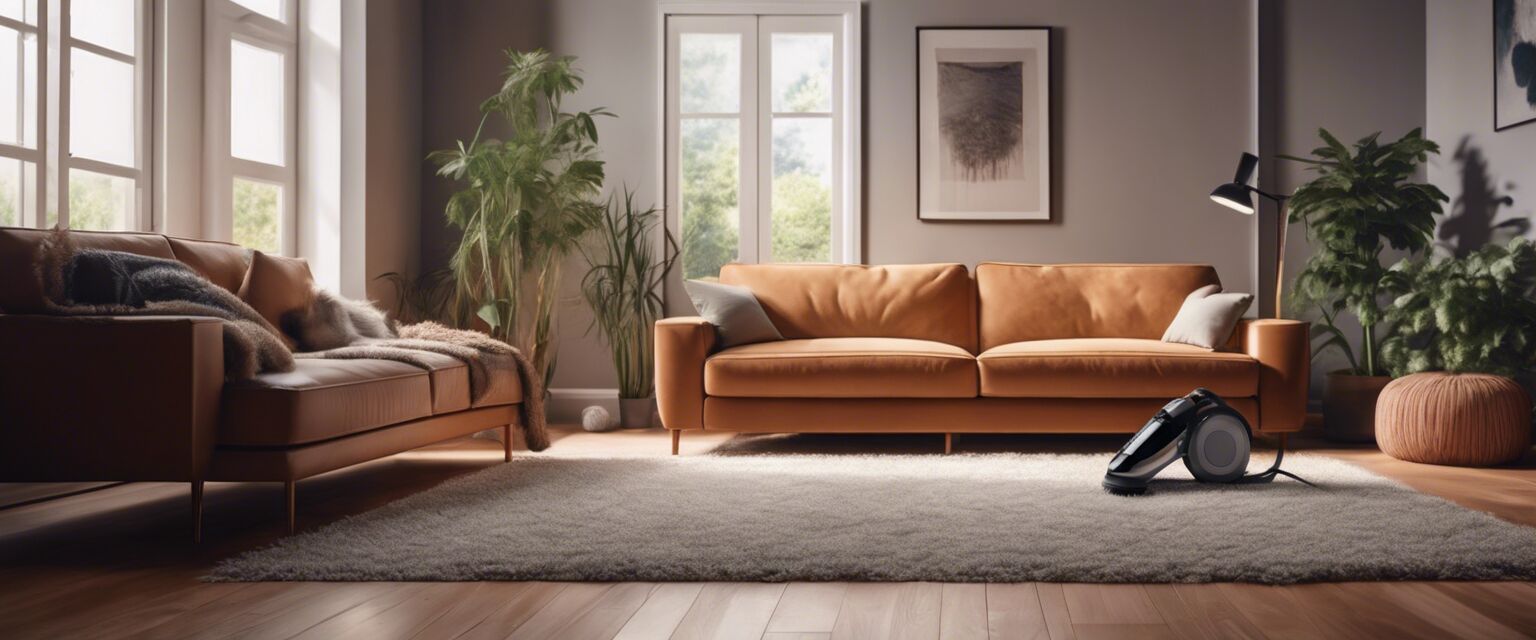
This article was generated using AI and is based on real customer reviews from the Amazon platform. It contains affiliate links, meaning we may earn a commission—at no extra cost to you. As Amazon Associates, we earn from qualifying purchases.
Pet Hair and Allergens
Key Takeaways
- Pet hair can contribute to allergies and respiratory issues.
- Vacuums with HEPA filters are effective for allergen reduction.
- Robotic vacuums offer convenience for daily cleaning.
- Regular vacuuming is essential for a cleaner, healthier home.
When you share your home with pets, keeping it clean can be a challenge, especially when it comes to dealing with pet hair and allergens. The right vacuum cleaner can make a significant difference in maintaining a healthy environment for you and your family. In this guide, we will explore the best vacuum options for tackling pet hair and reducing pet-related allergens effectively.
Understanding pet hair and allergens
Pet hair is not just an aesthetic issue; it can contribute to allergies and respiratory problems. Pet dander, urine, and saliva can all trigger allergic reactions. Understanding the sources of these allergens is crucial for choosing the right vacuum cleaner.
Common allergens in homes with pets
- Pet dander: Tiny flakes of skin shed by cats, dogs, and other animals.
- Pet saliva: Can become airborne and settle on surfaces.
- Urine: Can create lingering odors and allergens.
Features to look for in a vacuum
When searching for the perfect vacuum for pet hair and allergens, consider the following features:
| Feature | Description |
|---|---|
| HEPA Filter | Captures 99.97% of particles, including pet dander. |
| Strong Suction | Essential for picking up embedded pet hair. |
| Pet Hair Attachments | Special brushes designed for removing hair from various surfaces. |
| Easy to Empty | Reduces contact with allergens when disposing of debris. |
Types of vacuums for pet hair
Here are different vacuum types that are effective for handling pet hair:
- Bagged Vacuums - Excellent for trapping allergens.
- Bagless Vacuums - Convenient and easy to maintain.
- HEPA Filter Vacuums - Best for allergy sufferers.
- Robotic Vacuums - Automatically clean daily.
- Stick Vacuums - Lightweight option for quick clean-ups.
- Upright Vacuums - Powerful and versatile for deep cleaning.
Tips for effective vacuuming
Beginners Section
- Vacuum regularly to keep allergens at bay.
- Focus on areas where pets spend the most time.
- Use vacuum attachments for furniture and tight spaces.
- Consider vacuuming during times when allergy symptoms are lower.
Comparison of vacuum types
| Type | Pros | Cons |
|---|---|---|
| Bagged Vacuums | Great for allergens, holds more dirt. | Replacement bags can be costly. |
| Bagless Vacuums | Easy to empty, no bags to buy. | Can expose you to allergens when emptying. |
| HEPA Filter Vacuums | Excellent for allergy management. | May require filter replacements. |
| Robotic Vacuums | Convenient for daily cleaning. | May not have as strong suction. |
Pros
- Helps reduce allergens in the home.
- Improves air quality.
- Convenient cleaning options available.
Cons
- Can be an investment.
- Regular maintenance is required.
Conclusion
Choosing the right vacuum can help you manage pet hair and allergens in your home effectively. By understanding the features that matter and considering the types of vacuums available, you can make an informed decision that enhances your living space's cleanliness and air quality.
Additional resources
For more information, check out our detailed guides on Bagged Vacuums, Bagless Vacuums, and HEPA Filter Vacuums for more insights on selecting the best vacuum for your needs.



